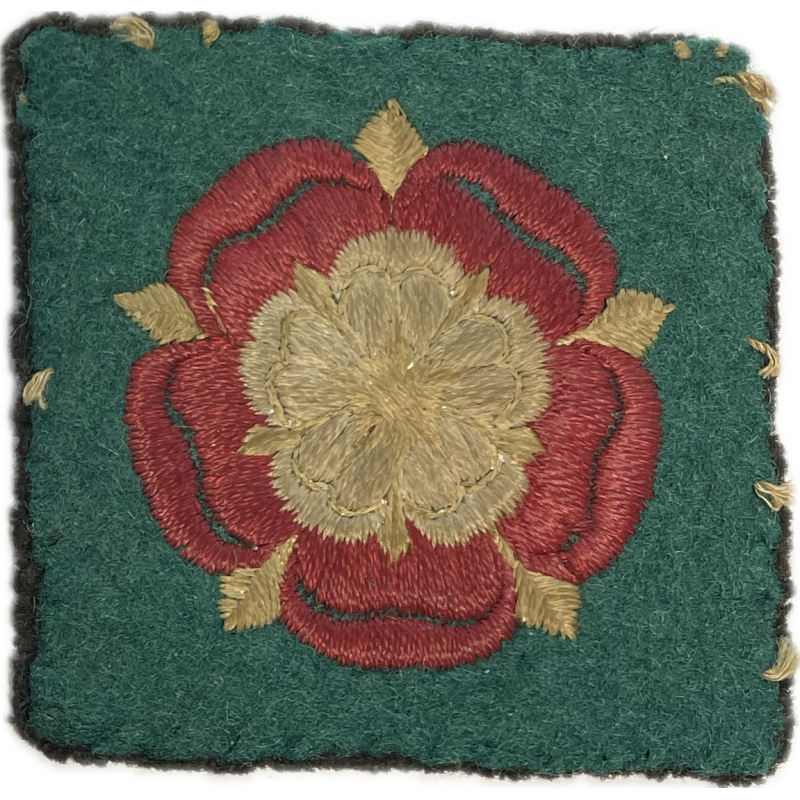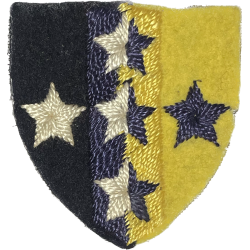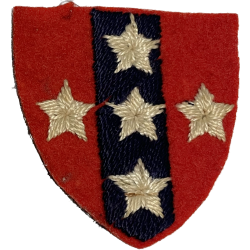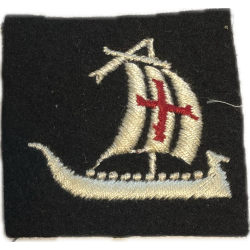




Genuine WWII Catterick Garrison Northern Command insignia, embroidered version.
This base is located in Nothern England in the Yorkshire and the Humber region.
The concept of District Commands dates back to 1793, during the French Revolutionary Wars, aimed at dividing Great Britain into several districts to facilitate the recruitment and training of troops.
When war broke out in 1939, the idea was the same: the District Commands were reactivated to efficiently organize military resources and ensure rapid mobilization. Each district was responsible for local defense, training new recruits, and coordinating war efforts, thus ensuring that the armed forces could quickly respond to threats and the needs of the conflict.
You might also like

Genuine WWII Catterick Garrison Northern Command insignia, embroidered version.
This base is located in Nothern England in the Yorkshire and the Humber region.
The concept of District Commands dates back to 1793, during the French Revolutionary Wars, aimed at dividing Great Britain into several districts to facilitate the recruitment and training of troops.
When war broke out in 1939, the idea was the same: the District Commands were reactivated to efficiently organize military resources and ensure rapid mobilization. Each district was responsible for local defense, training new recruits, and coordinating war efforts, thus ensuring that the armed forces could quickly respond to threats and the needs of the conflict.
The historical artifacts for sale at PARATROOPER’s are intended for collectors, history enthusiasts, historians and museum curators.
These items do not glorify or promote any of the political, ideological or racial opinions related to the global conflicts that bathed the 20th century in blood.
Besides, we remind you that Article R.645-1 of the French Penal Code establishes fines applicable to fifth class contraventions (except in the specific cases of a filming, show or exhibition which refer to historical events) for any individual who wears a uniform, insignia or symbol reminiscent of those worn by members of the various organizations declared criminal in application of Article 9 of the Charter of the International Military Tribunal annexed to the London Agreement of August 8, 1945 – SS, SD, Gestapo, Nazi leaders (the Führer, the Reichsleitung, the Gauleiters and their main collaborators, the Ortsgruppenleiter, the Zellenleiter and the Blockleiter), or reminiscent of those worn by any person found guilty, by a French or International Jurisdiction, of one or several crimes against humanity established by Articles 211-1 to 212-3 or mentioned in Law No. 64-1326 of December 26, 1964.
The Code provides additional penalties, including the confiscation of the items used or intended for committing the offence.



